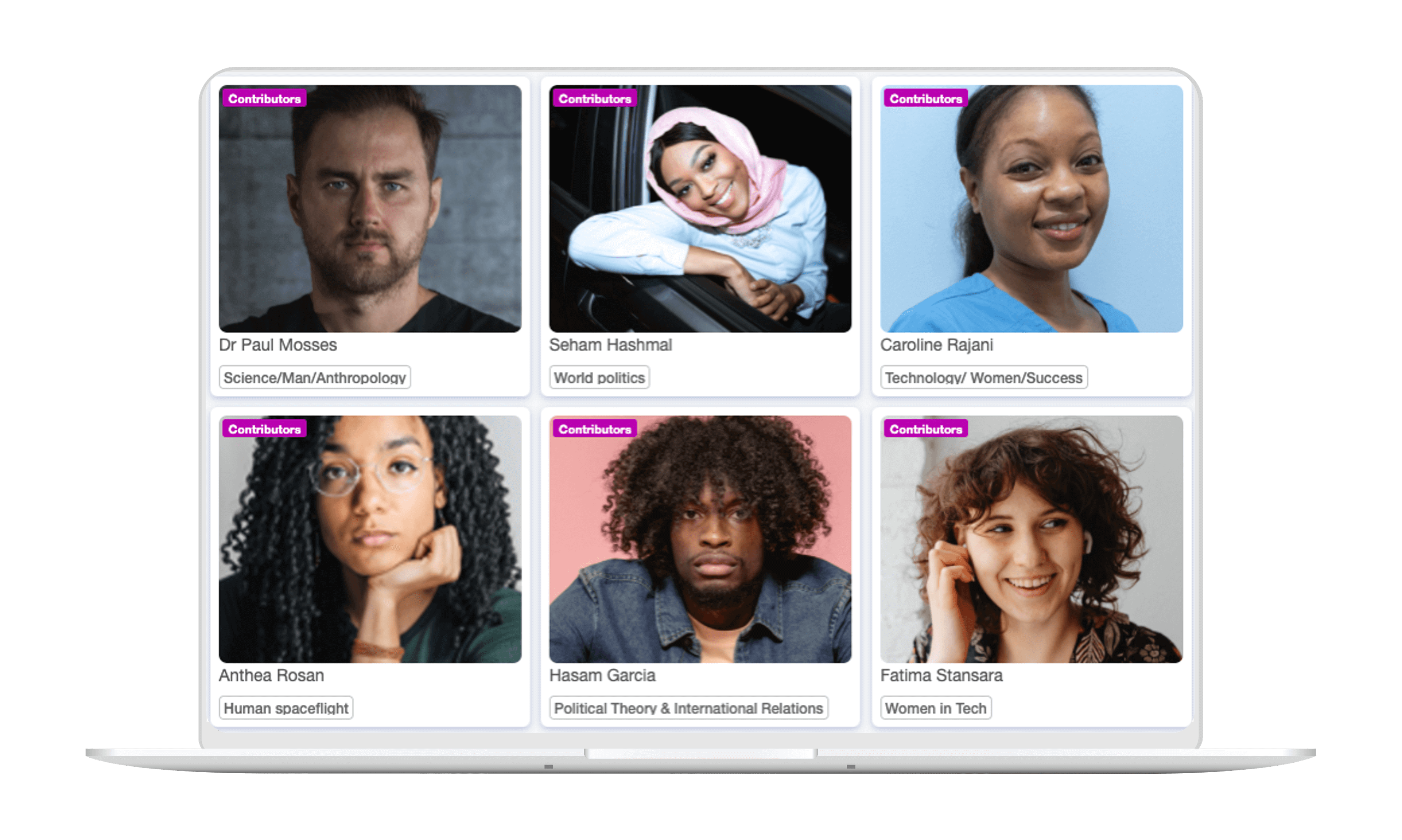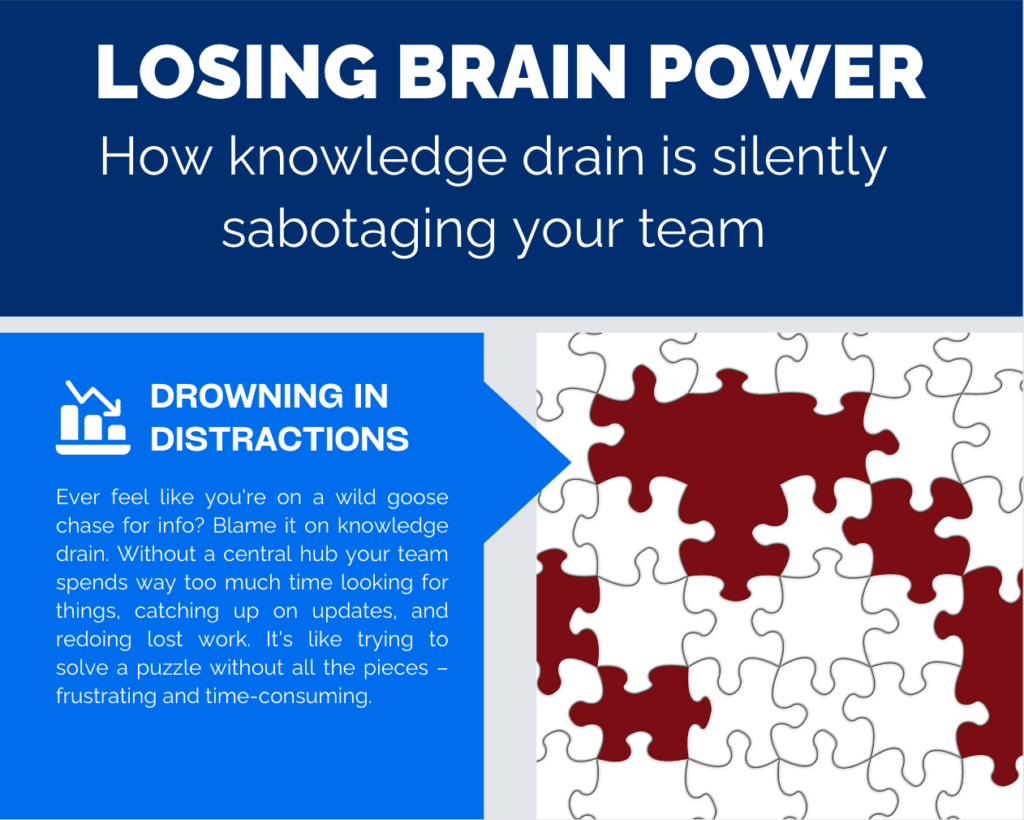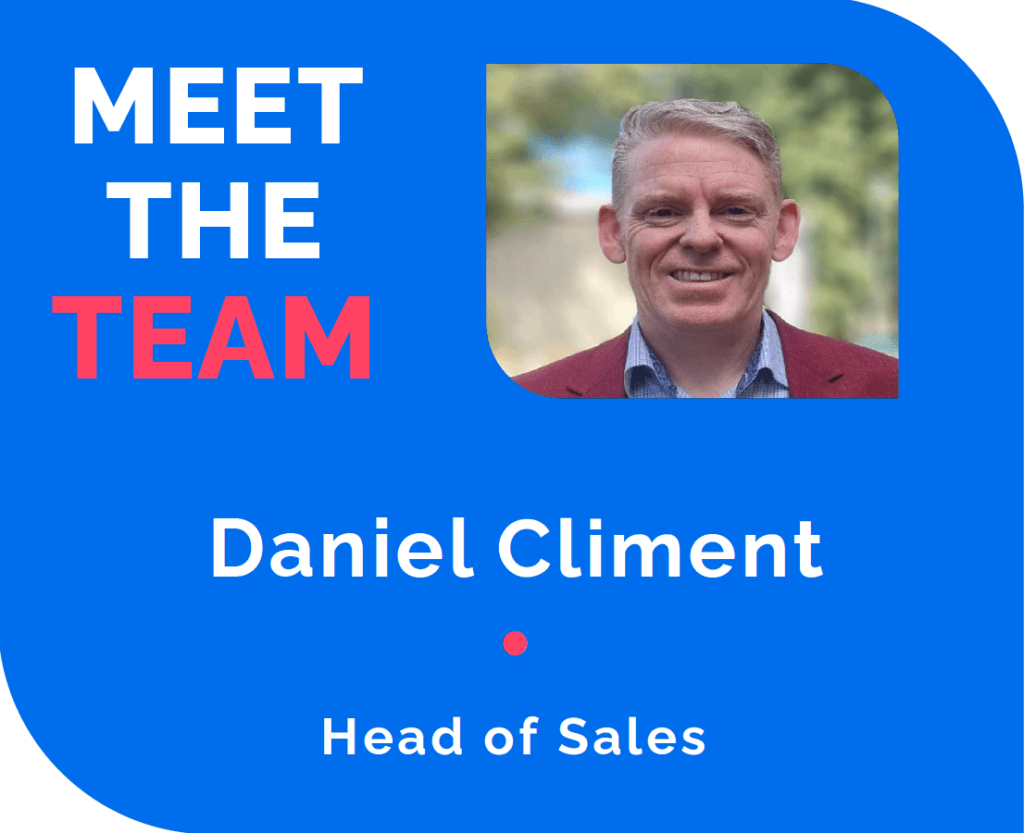Casting for specialist contributors for a factual or documentary is very different from reality casting.
As the casting producer, you’re actively searching for people rather than having them come to you. When you’re working on shows that are either unknown or not hugely popular, you can’t bank on the name and fame of a show to bring in the applicants, so you need to fight harder and search longer, to locate that special cast. You probably won’t have thousands of applicants to choose from; you’ll usually have to make the cast for the show from a relatively small pool.
So, how do you find your cast, and how can technology support you?
Some casts are easier, more obvious to find, and all the usual routes will work. But sometimes, it is like finding a needle in a haystack, and you need to get creative and think outside the square. The first few pieces of the cast puzzle often fall into place relatively easily, but you’ll spend weeks and weeks trying to find those extra one or two people who will sit nicely alongside the others.

1. Start with what you know
The obvious first place to start is with your contact list. Every good casting producer is skilled at building relationships throughout their career because you never know when a contact from one show will help you find a gem for another show. But, the tricky thing is that often the contact list you had on the last show won’t have any relevance to this show. Sometimes there is a crossover, but sometimes you have to start again. Often a big organisation or association will already have a huge database of potential people and can help to get your casting notice out to a larger number of targeted people quickly.
How can technology help?
Create an evergreen talent bank. A bank of contacts that everyone in the organisation contributes to can speed up the time it takes to build your pool of applicants. Whether it’s identifying people that have already expressed interest in being on television or simply finding the right people to speak to within relevant bodies/organisations, the ability to capitalise on the work done by your colleagues at other times makes a lot of sense. All the information gathered previously will be recorded in one place, ready for you to pick up and run with. When you’re not starting from zero, there is more time to spend on what you do best – assessing applicants against the brief and securing the best talent for the programme.
2. Capture new names
You’ve spoken to people who know some people who might be interested and available at the right time. You need to capture essential details to start the process – name, email, phone number – but don’t want to turn them off by asking a heap of questions on a cold, sterile application form – sort of like doing your taxes.
What are your options?
There are quite a few open to you, including engaging an agency, starting a spreadsheet, or resorting to old-style clipboard and paper if you’re out in the field, but all of these require rework at some point, meaning lost time.
Whether it’s getting information out of someone else’s system and into your own, getting information off paper and into one or multiple digital formats, or copy/pasting email addresses and phone numbers from a spreadsheet into your email account – all of these things take time and pull you away from your main task – finding and securing people.
How can technology help?
Create quick online application forms
Cutting-edge technology like Lumi allows you to quickly create an application form, complete with a QR code and weblink, to share with potential applicants and relevant bodies. Ask a few basic questions to start with, and have every applicant’s contact details validated before they arrive in your inbox. The benefit? Never do anything twice. Once the information is in Lumi, there’s no rework required.
3. From application to initial assessment and rating
Your next step is to get in touch with each applicant for a deeper dive, confirm that they are still interested, and get them to answer some questions based on the brief you’ve been given. In terms of workload for you, that means making phone calls, sending text messages to every applicant, compiling responses, emailing questions, compiling more responses, reviewing responses, rating applicants, finding somewhere to keep all of the information so that you can find it again later, and remembering to share it with colleagues.
How can technology help?

Technology that is purpose-built for industry can bring everything together to streamline processes. By keeping everything in one place and doing everything from that same place, you will save time, save you from doing things more than once, and make it easier to collaborate with the rest of the team.
Lumi is designed by producers who have been on the front line of casting and production. Our application and casting module is the result of consultation with industry, plus our own wishlist of ‘things we wish a system could do’.
Here’s where we landed. Does your wishlist match ours? If not, tell us what we’re missing.
3. Interviews, Bios, and Pitch documents
Why do we interview candidates? To work out if this person is right for the show. How many conversations do we have with each person? The answer is – it depends.
However, every conversation is an opportunity for a deeper dive with the applicant to decide if they are worth progressing on to cast consideration.
Throughout the process, you are not just looking for a good ‘performance’ or for the contributor to respond how they think they should; you are looking for a lot of subtext. And for when they drop their guard. That’s the person you want to see. And the bigger reflection of who that person will be in your cast.
Notes from conversations with potential contributors can run to more than ten pages, and given it is often the things they say during the screening process that helps inform the individual story arc for the show itself, it’s vital that everything is available to downstream teams once the casting process is finalised and you’ve moved on to your next gig.
If you decide the applicant is worth progressing, you’ll need to sell that contributor and their story to the SP and then EP. That generally means writing up a 1-page pitch document or bio and an elevator pitch with an accompanying short highlights video. The pitch bio helps paint a picture of what this contributor would be like in a cast, what role they would play, their strengths and weaknesses, and how they would react to certain things. It also helps to inform other things down the track, such as the master interview questions, fleshing out story beats, and plot.
How can technology help?
Information about the applicant grows over time in a single place, giving you and all downstream teams a complete picture of the individual.
Notes from every conversation, your insights, recordings of meetings, and “highlights” packages for key story elements, photos, and videos – all in one place, searchable and secure.
You can build your bio and pitch documents in the same place you take interview notes and present them to the SP and EP directly from the platform. It will save you time, save the environment through reduced printouts, and when asked a question about a candidate, you won’t have to scramble to find the answer in a pile of paper – it’s all accessible with one click.
The final wrap
As with every project, while we’d like to imagine that everything will follow a perfect timeline, it frequently doesn’t. More often than not, you will be up to stage 6 of the casting process with a few applicants but also still be at stage 1 trying to grow your pool. Technology can support you as you juggle the stages of the casting timeline. With everything tracked and updated in one place, remembering who is who and what is what can be a thing of the past.
Stay tuned for part 2 in the series – Pitch Perfect.
Want to know how Lumi could help your team?
Book in a chat with a Lumi Senior Casting Producer today.



